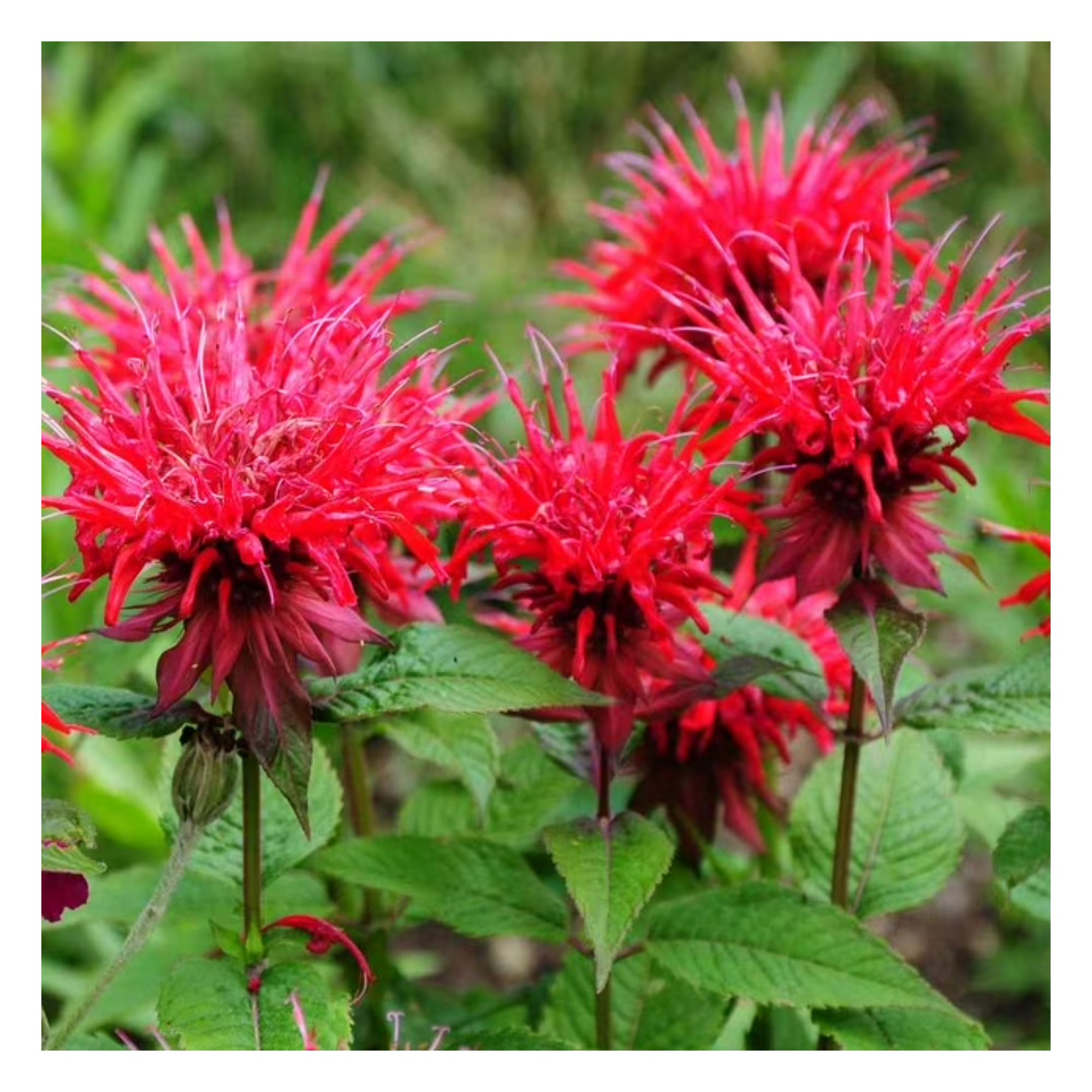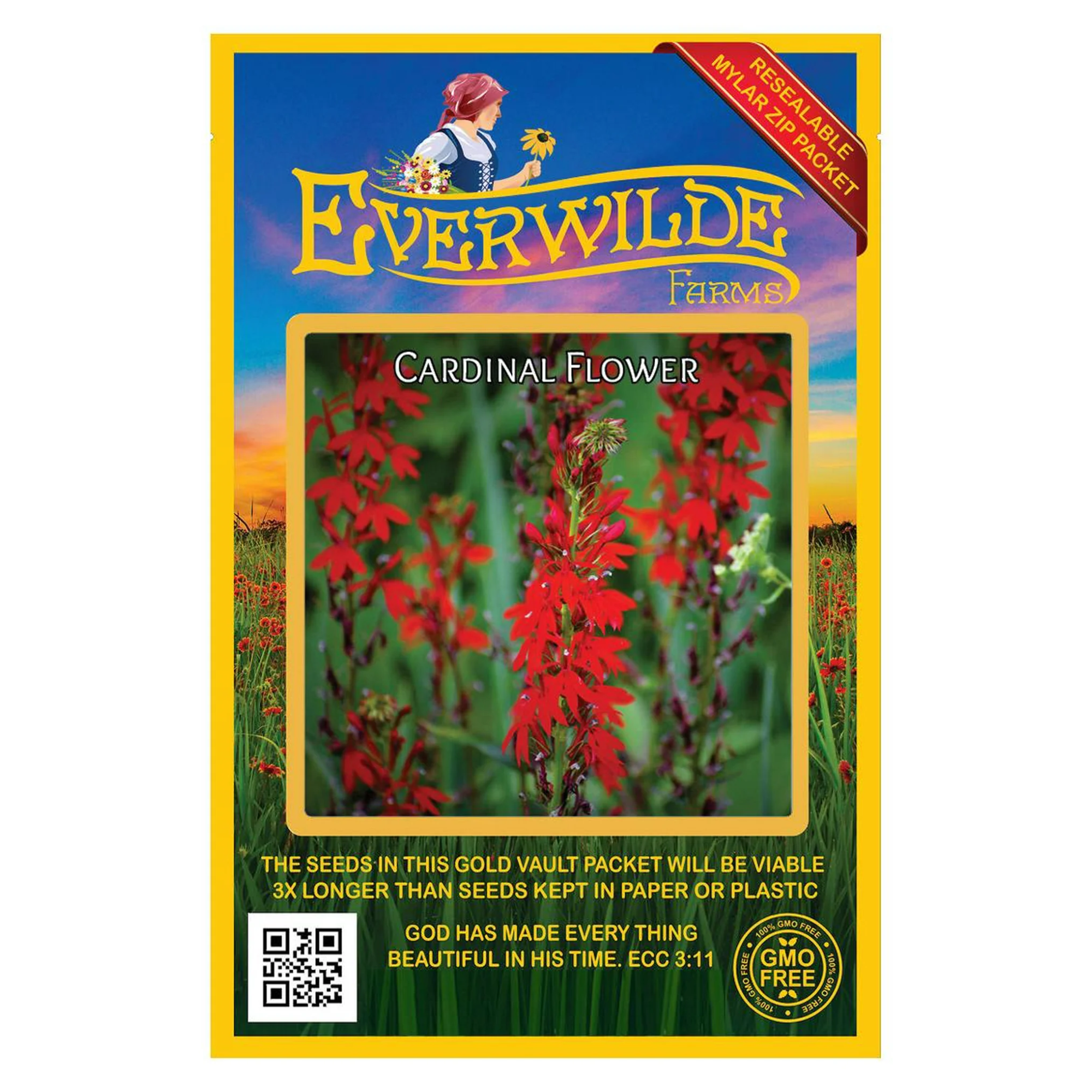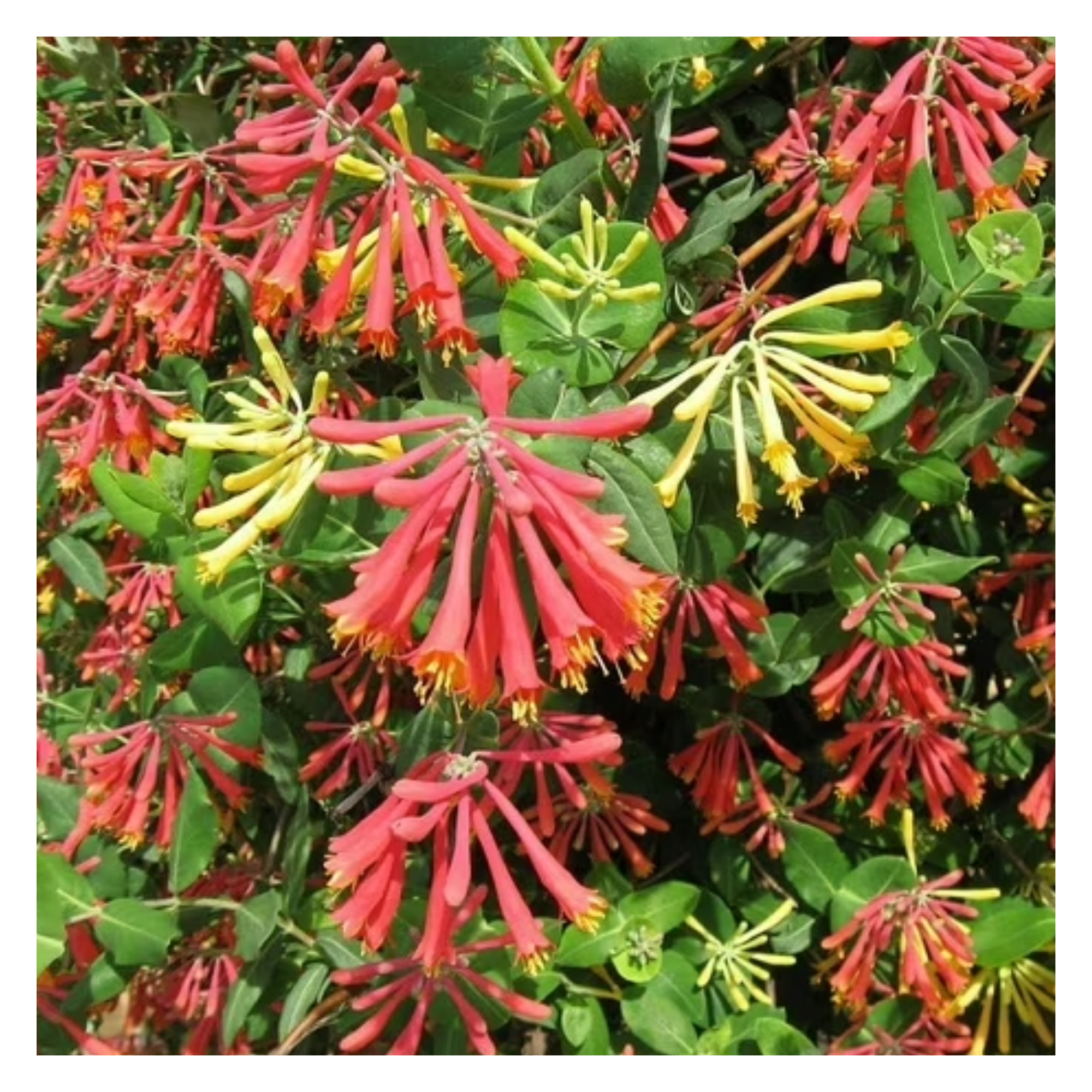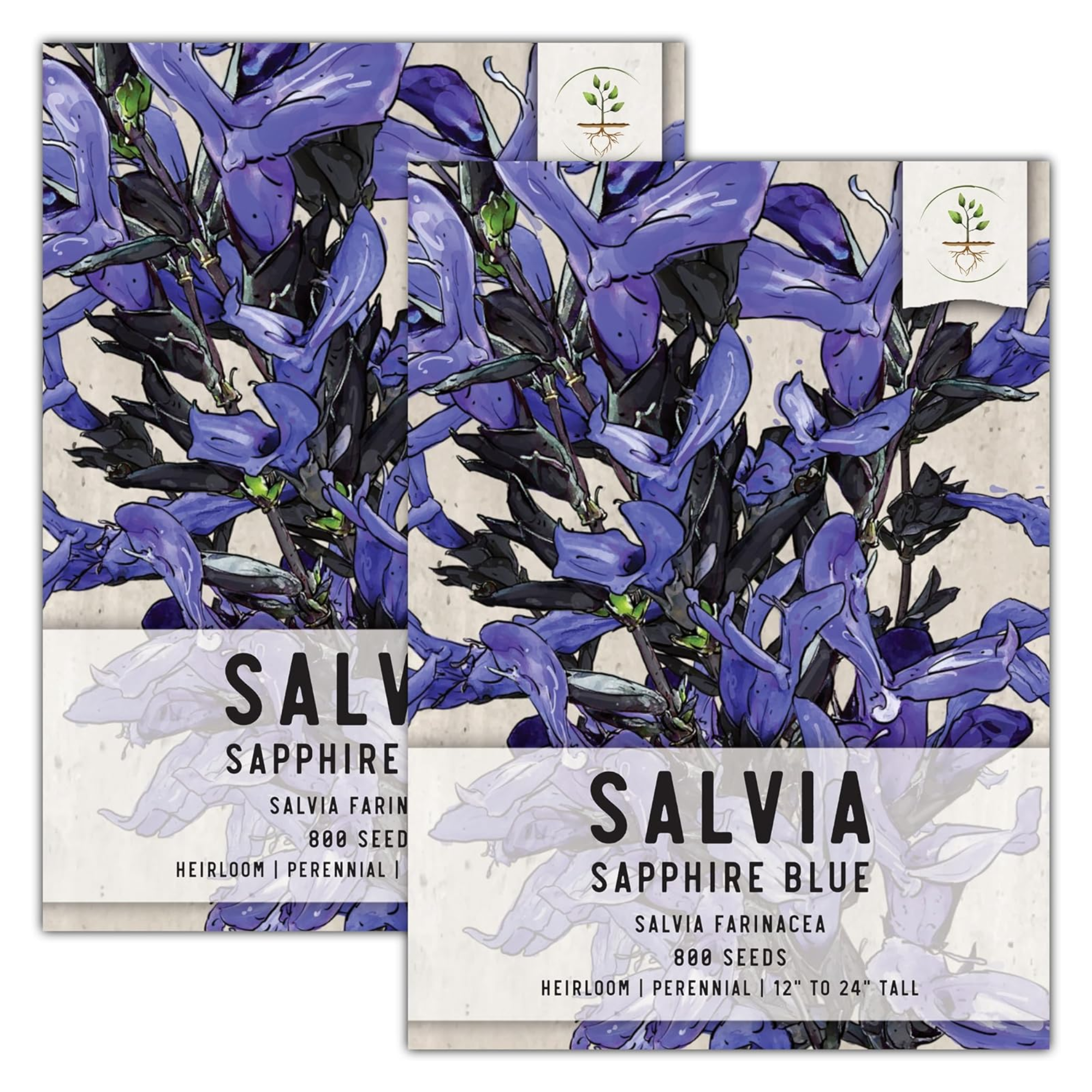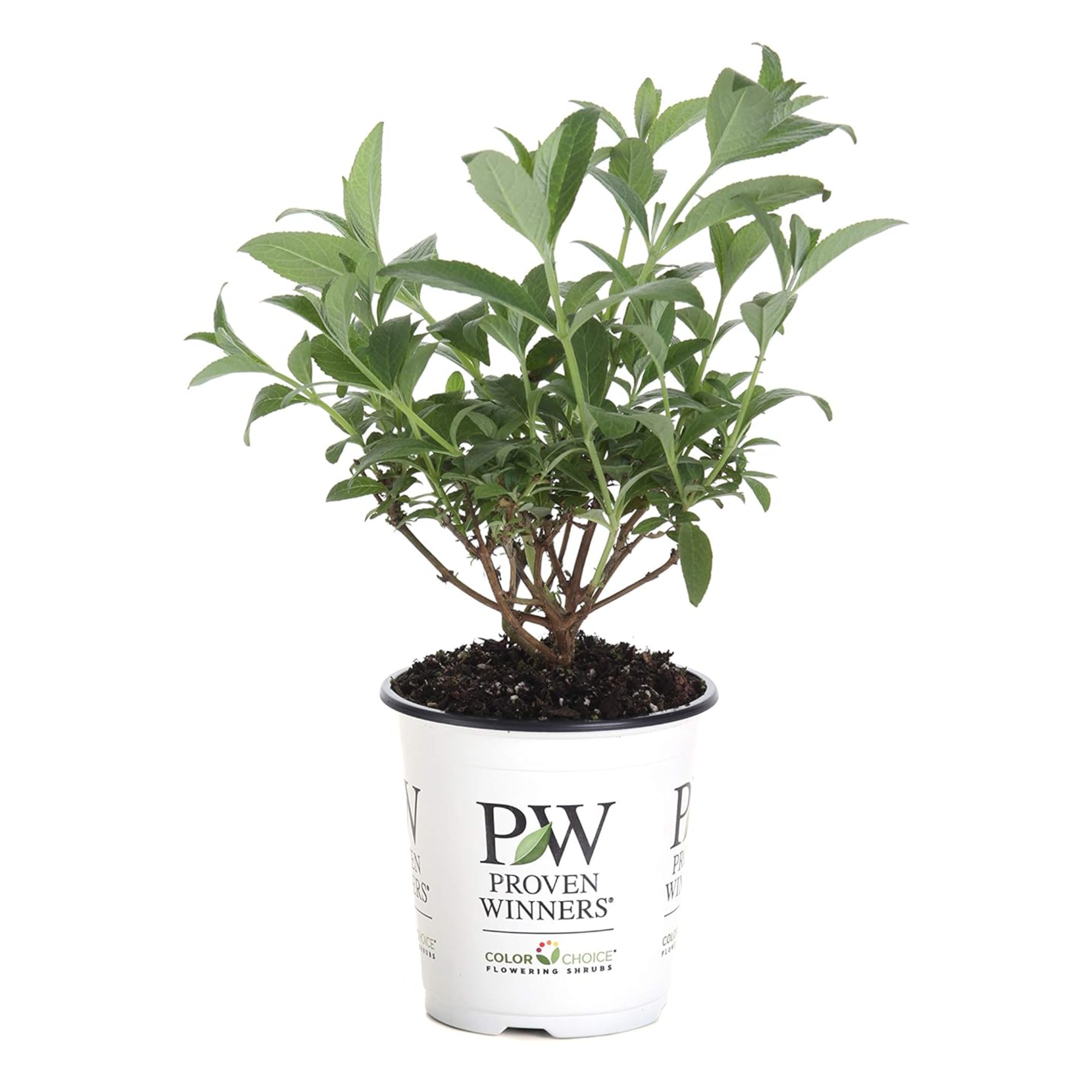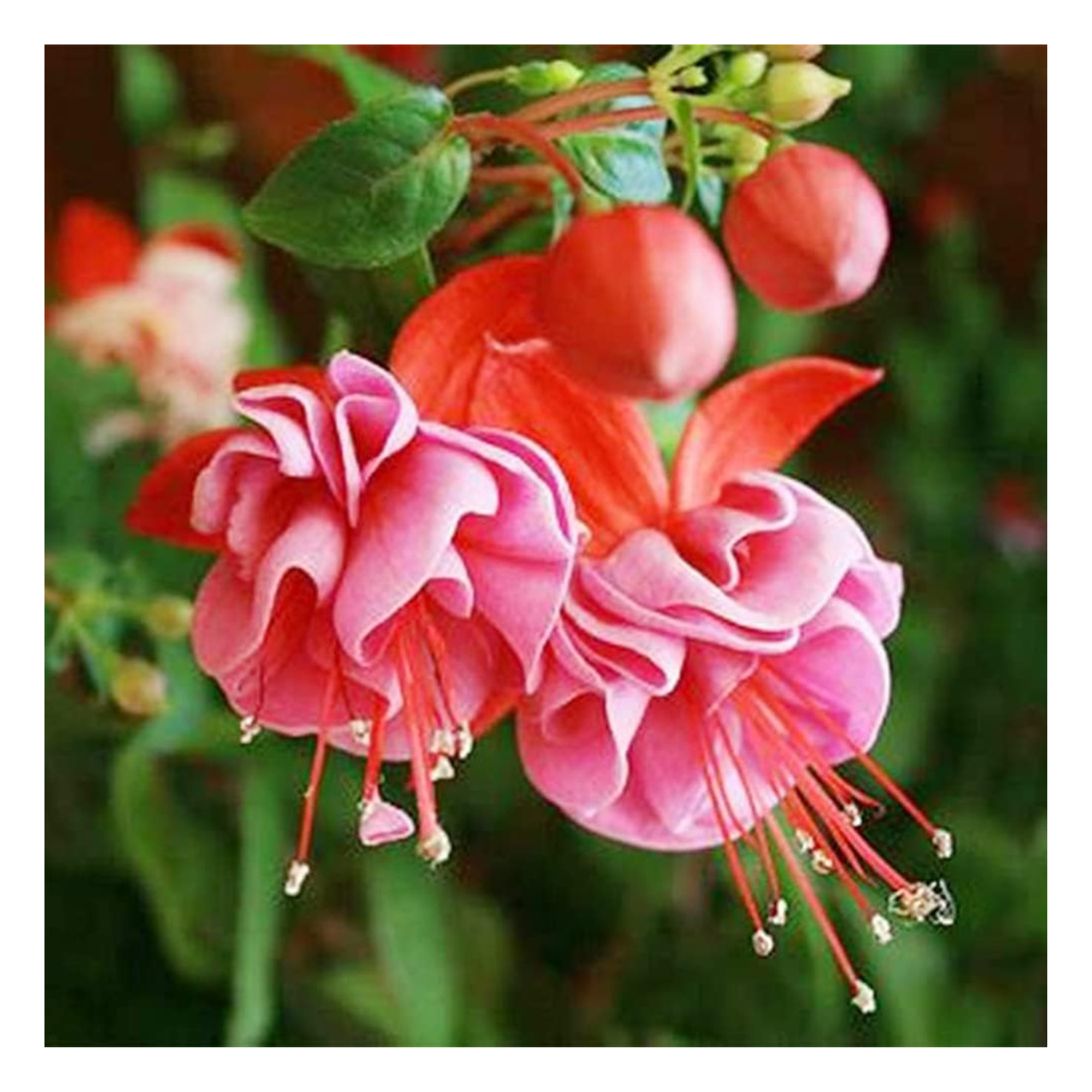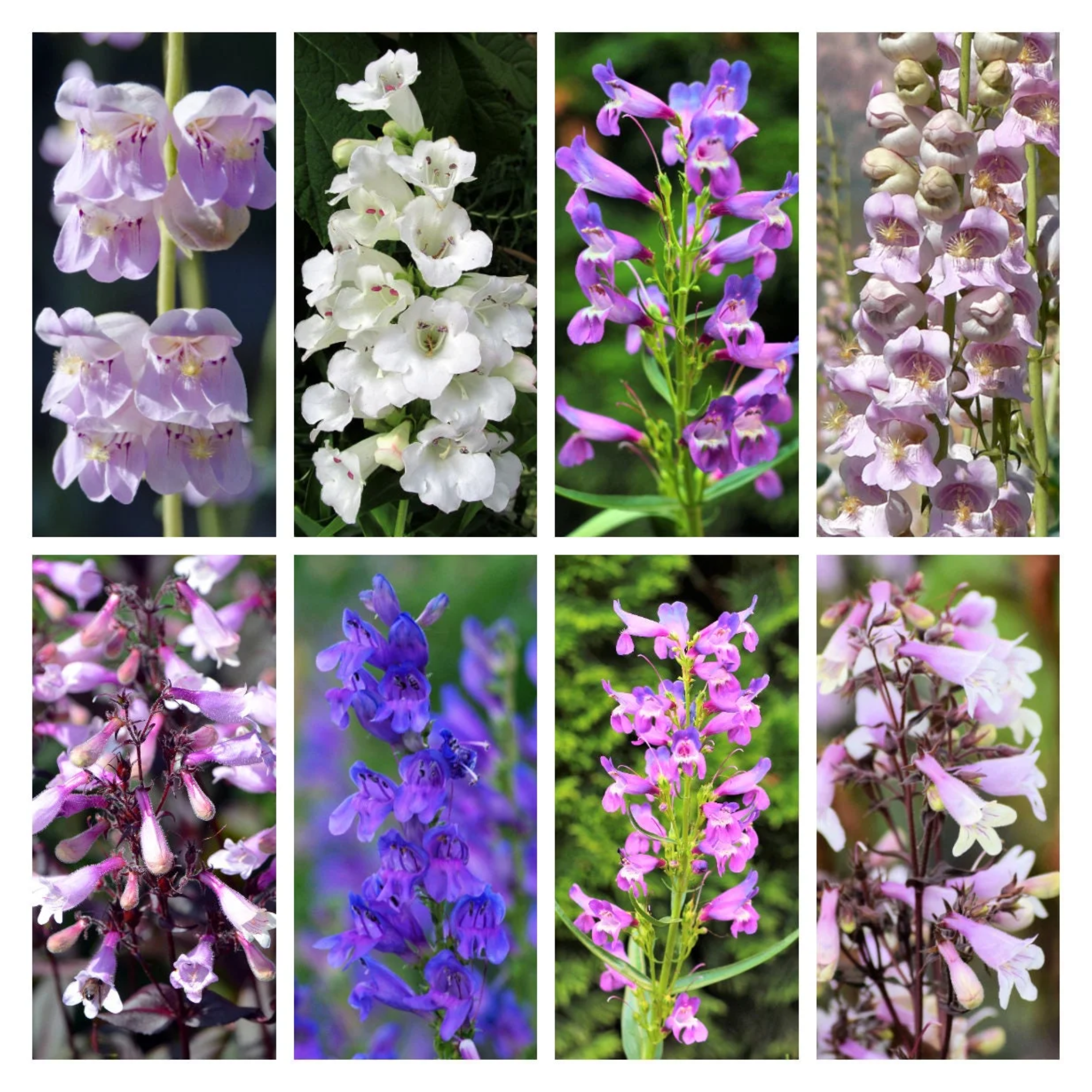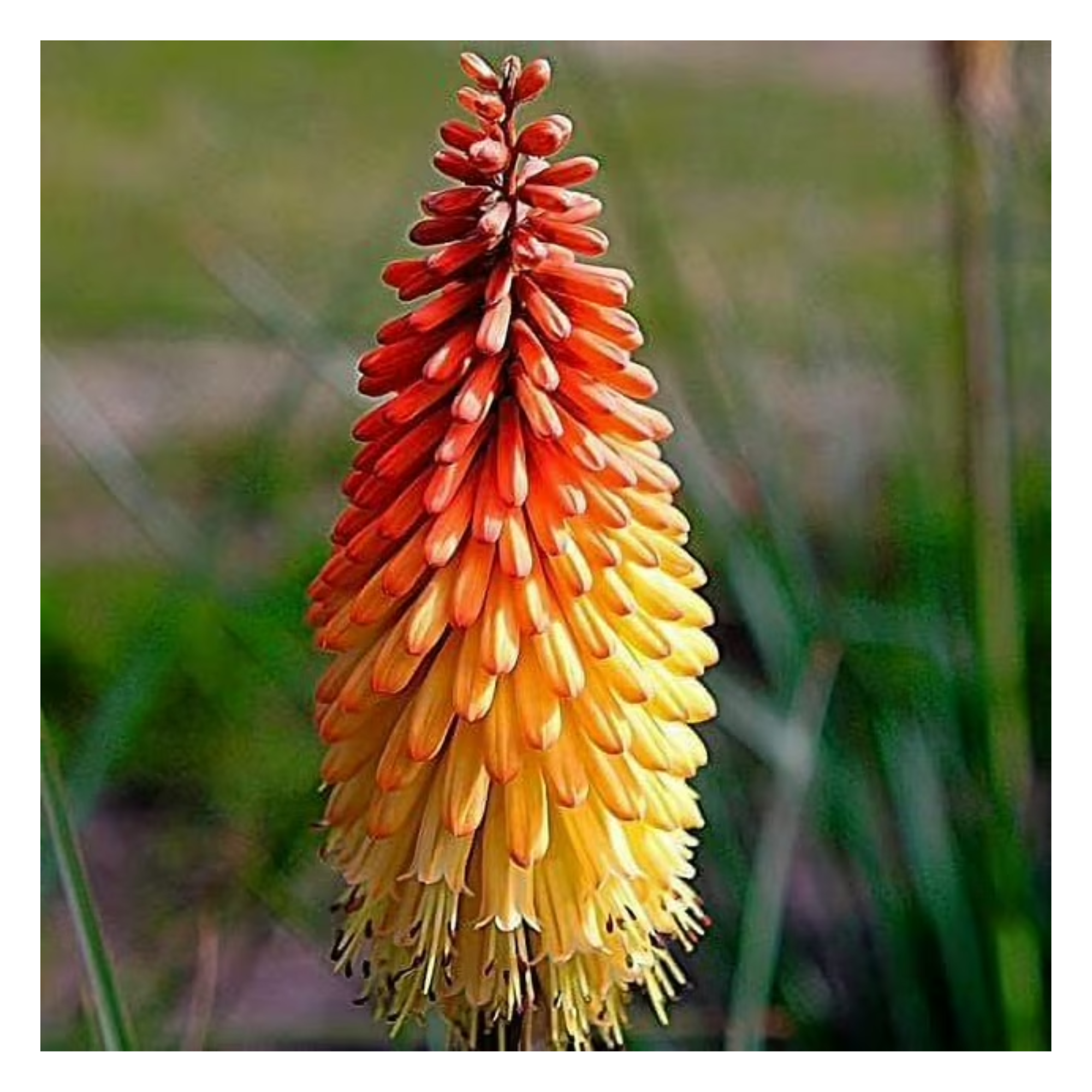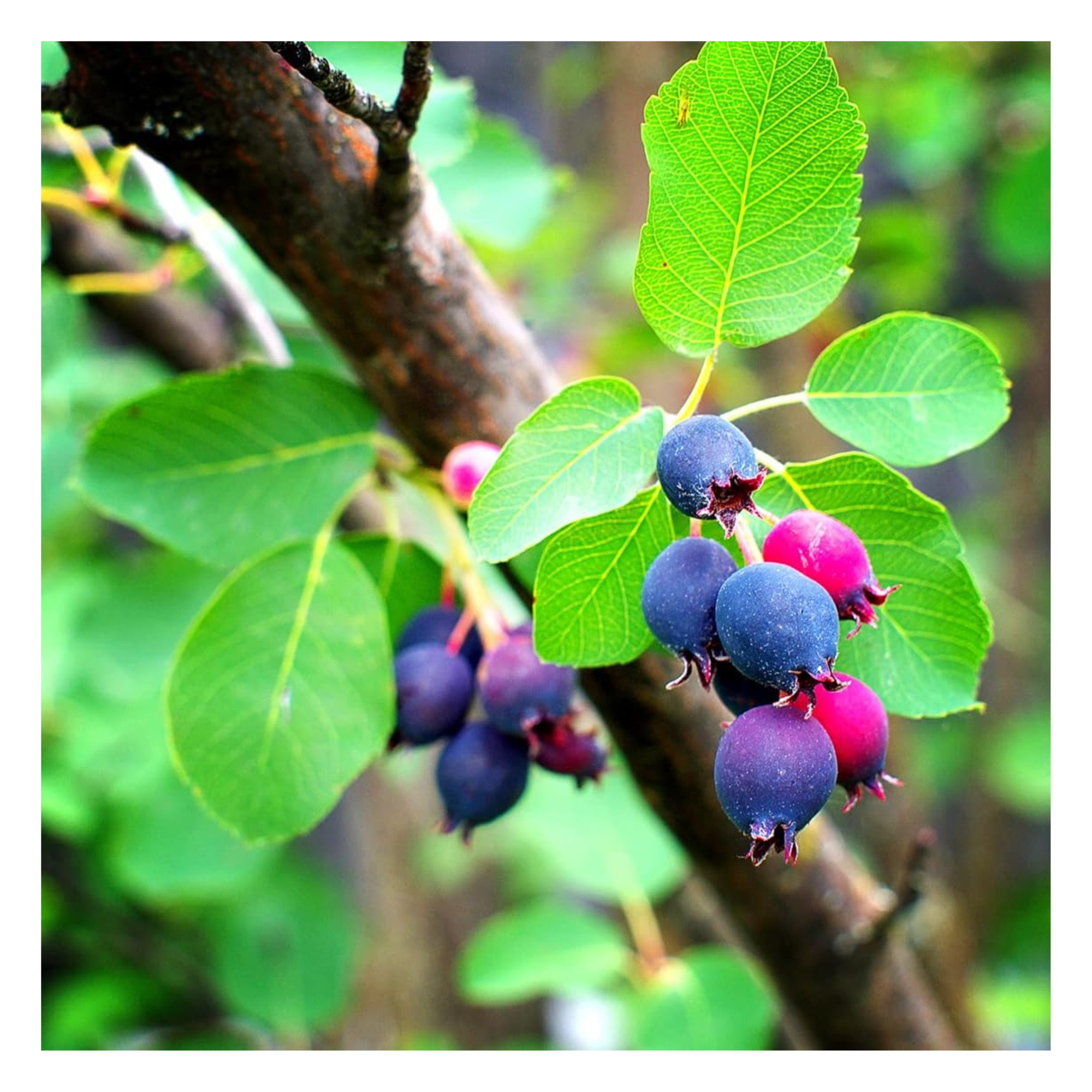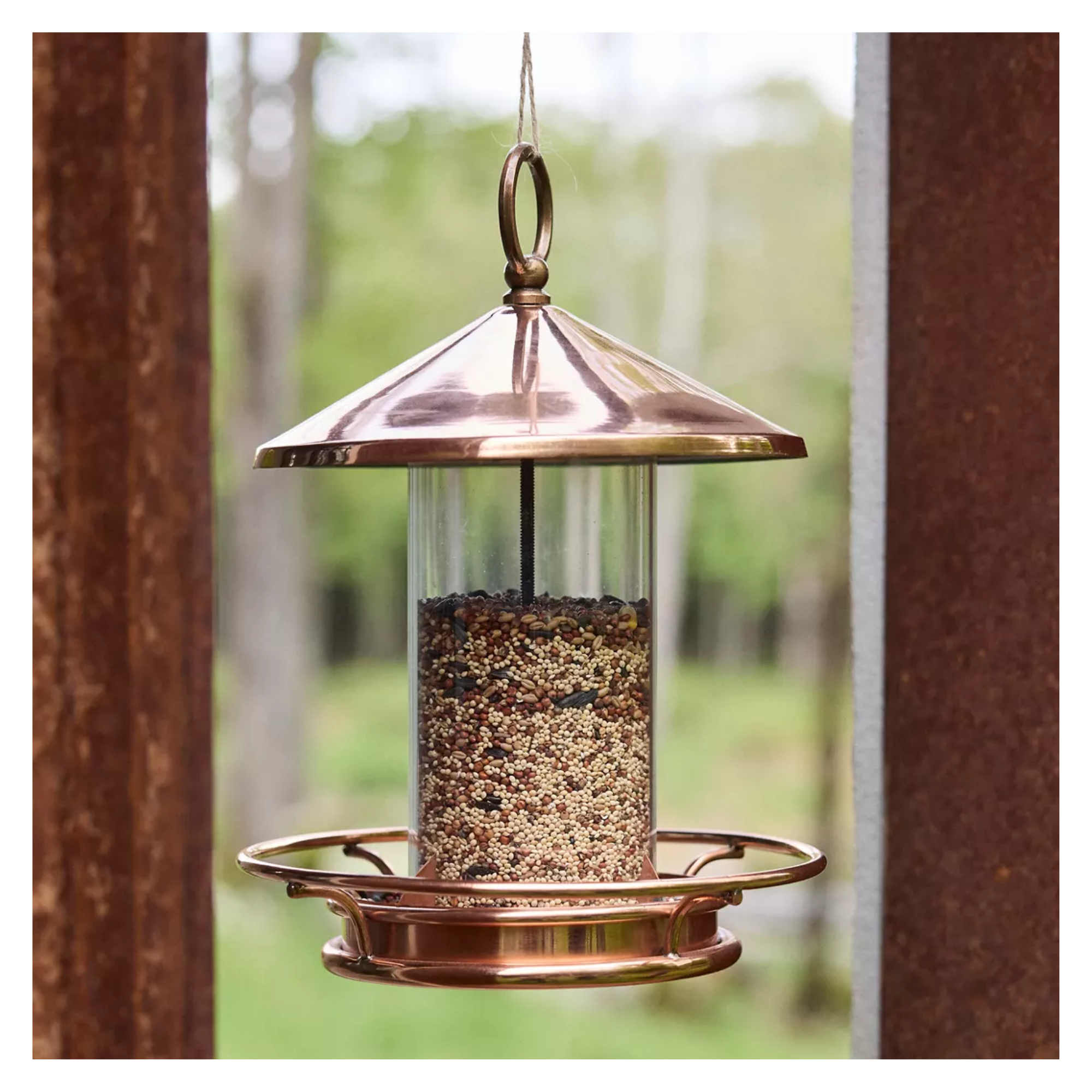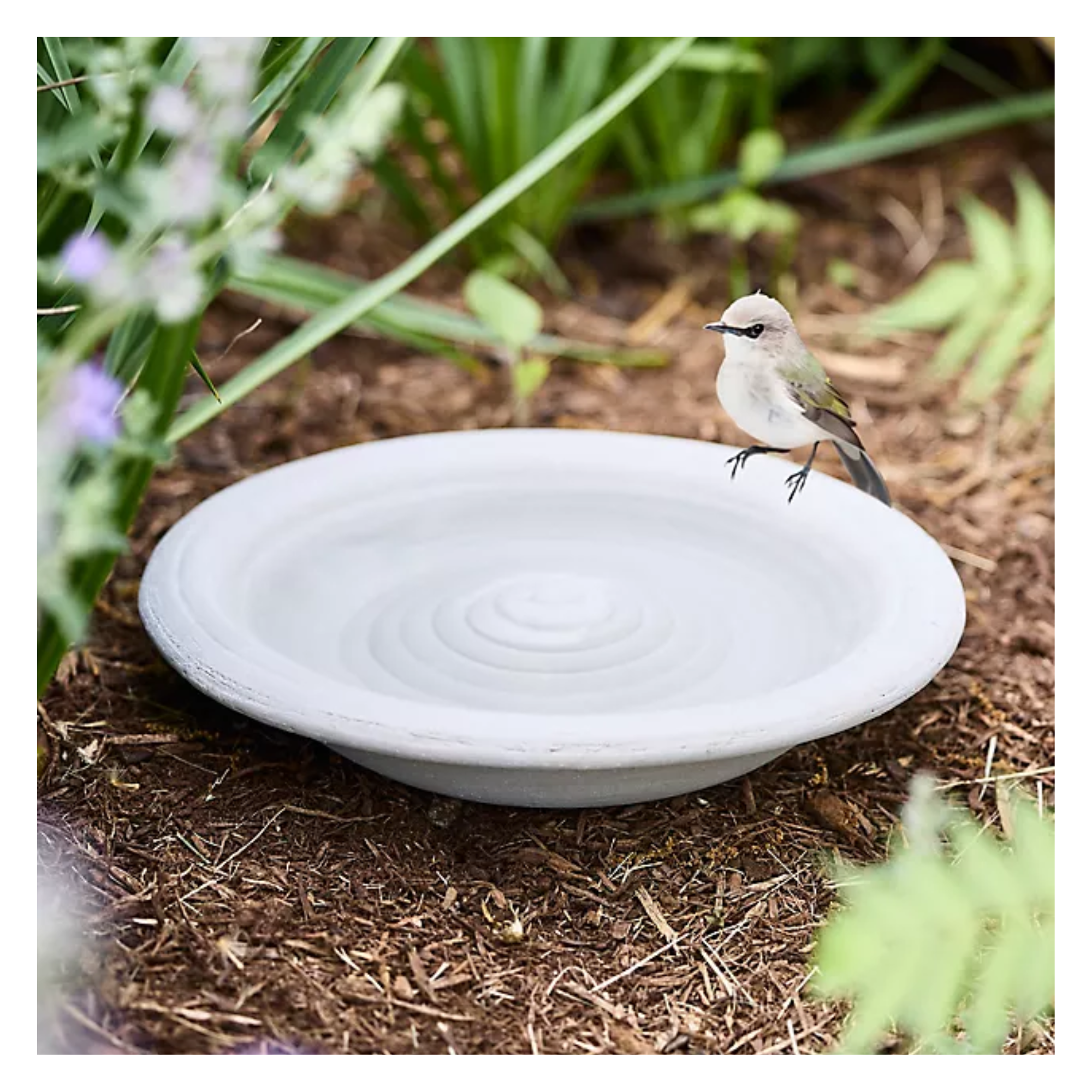6 Things You Can Do to Make Your Garden More Attractive to Hummingbirds
Bring a glittering of hummingbirds home with these gardening tricks
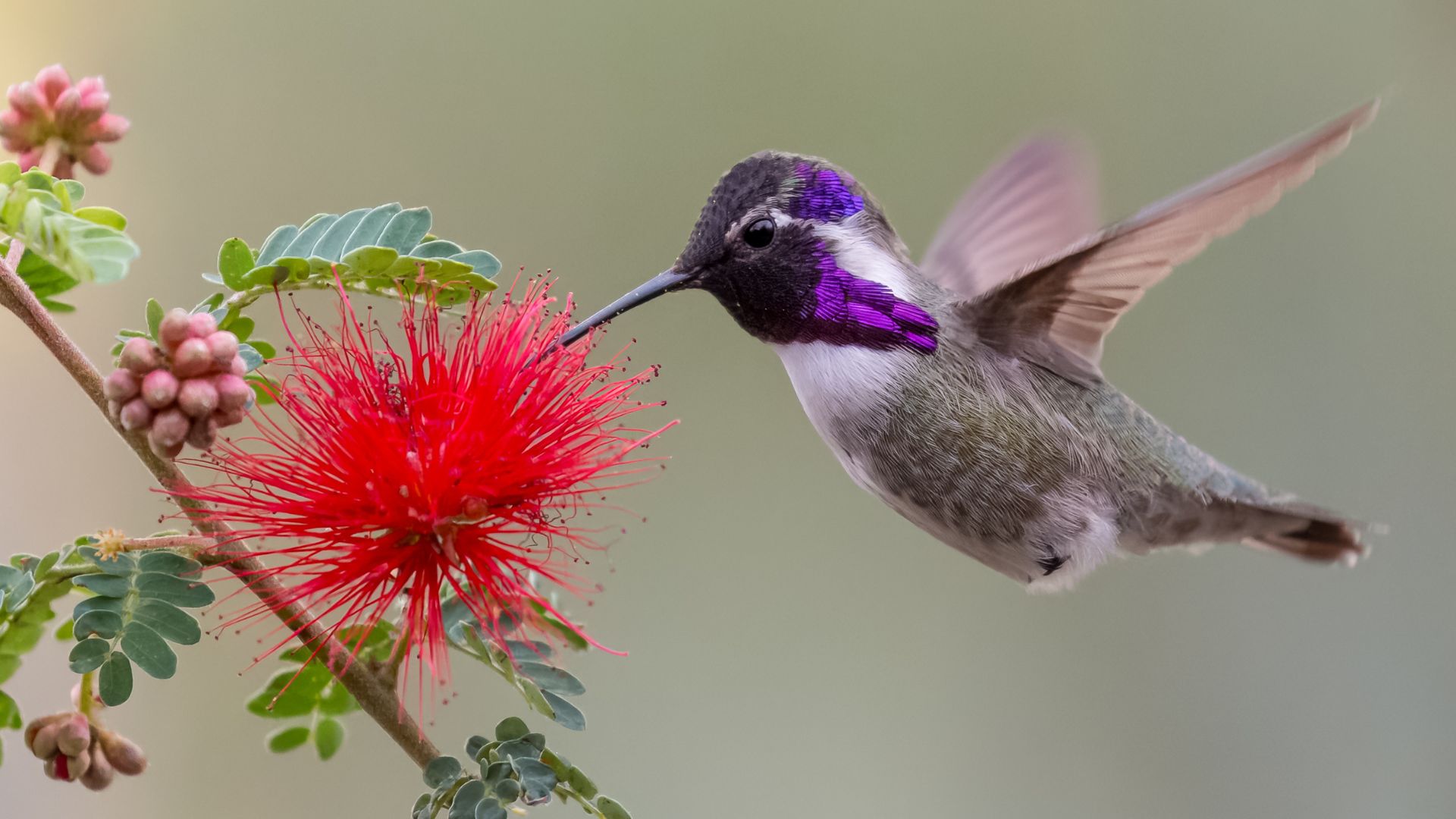

You know that feeling when you look out the window into your garden, and you spot a dazzling little hummingbird fluttering about your flowers. It feeds a sense of accomplishment and you'll probably feel a wave of calm wash over you.
When you successfully welcome beneficial birds into your space, it's almost like the sign of a job well done from surrounding fauna. And while planting a couple of the best flowers for hummingbirds will help, there's more you can do to make it an inviting space for these lovely birds.
So we consulted the experts and have come up with a couple of ideas to help you transform your yard into a hummingbird haven. Before you know it, you'll have a stunning garden that's a popular pollinator-friendly spot.
1. Native Plants
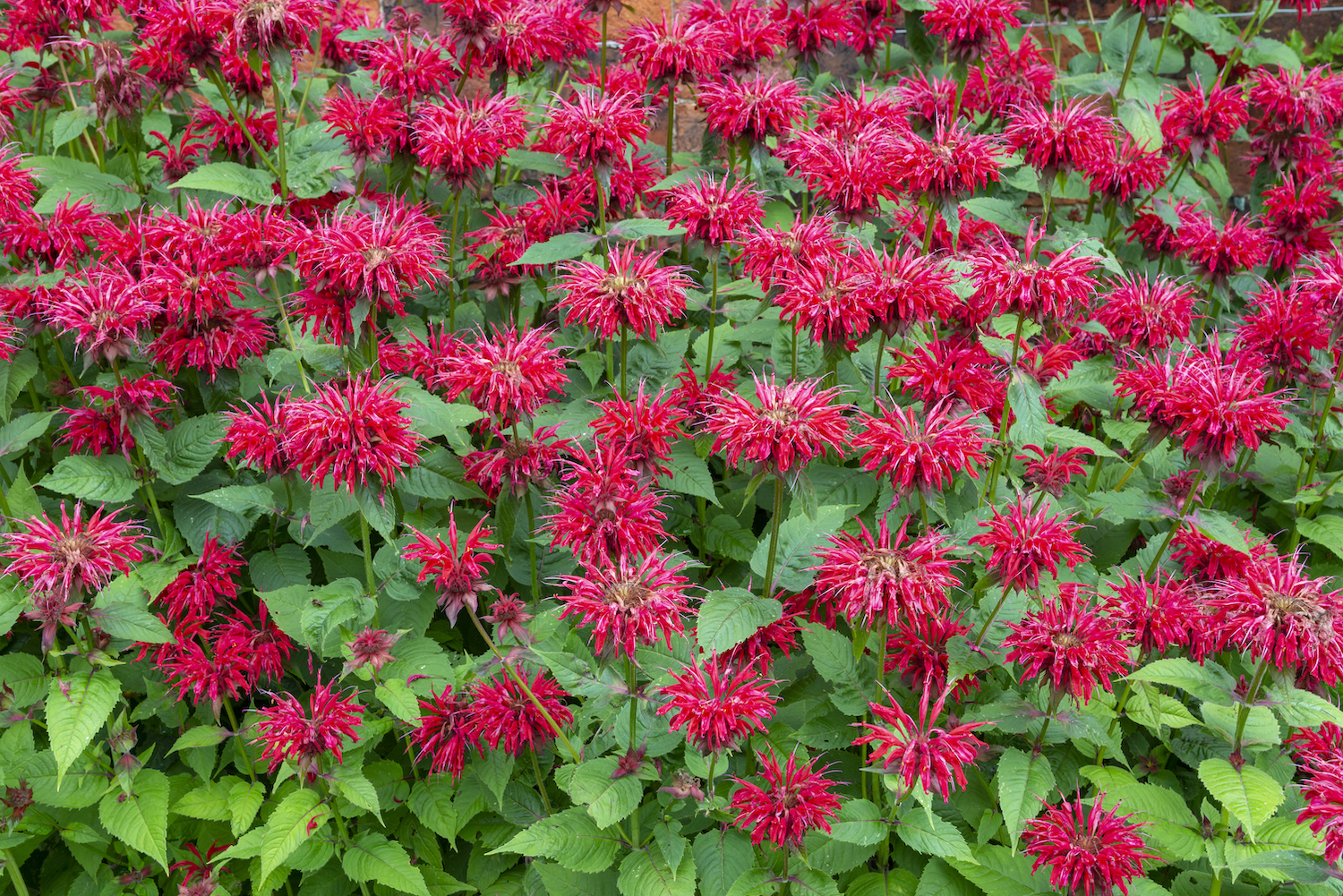
When considering your plant choices, gardening expert Tony O'Neill tells us that it's extremely important to consider taking the approach of a native planting. "They are a must for a hummingbird garden because they are adapted to the local climate and provide natural food sources for the birds," he notes. "Plants like bee balm, cardinal flower, and coral honeysuckle are fantastic native options."
Tony points out that these plants produce high nectar and have vibrant colors that are irresistible to hummingbirds. Plus, by opting for native planting species, you're sustainably contributing to the regeneration of natural flora that's local to your area.
2. Flourishing Blooms

According to Tony, prolific flower patches are your best bet to attracting hummingbirds. "Choose flowering plants that bloom at different times throughout the season to provide a continuous food source," he says. "So consider introducing plants like trumpet creeper, salvia, and butterfly bush to your space."
He explains that these plants are known for their long bloom periods and bright, attractive colors, making them ideal planting picks for hummingbird gardens.
Wildlife gardening calls for a steady supply of fresh flowers around the year, so be sure to swap your flowers out for seasonally appropriate ones as the weather changes.
3. Tubular Flowers

Since hummingbirds have long, specialized bills, they've adapted to feed from tubular flowers. So Tony finds that plant varieties like fuchsia, penstemon, and red hot poker flowers will be a hit amongst your neighborhood hummingbird population.
"These tubular blooms offer a perfect feeding station for hummingbirds, providing ample nectar while also keeping larger insects at bay," he says. Not only are these some of the best plants for wildlife, but they also offer spectacular foliage upon blooming season. Especially those gorgeous fuchsia flowers with their ruffled petals and large blooms.
4. Shelter & Perching Spots
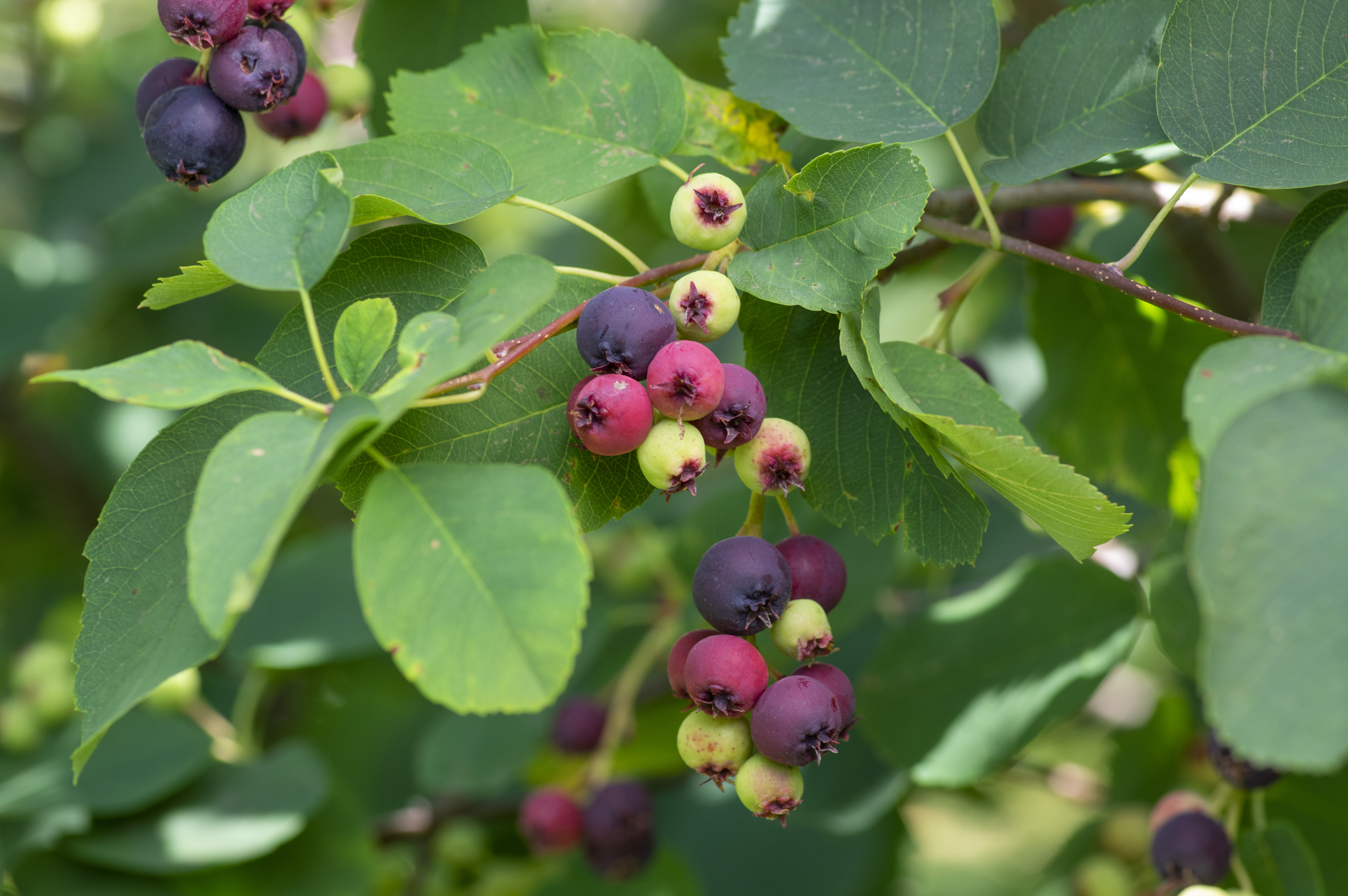
On their daily journeys, Tony tells us that hummingbirds generally feel weary and may need places to perch and rest. Flowers are usually where all our focus is directed to but we should also be thinking about trees and shrubs that allow these dainty birds a moment of relaxation.
"I recommend introducing serviceberry or spicebush plants into your garden," says Tony. "They can provide perching spots and also offer hummingbirds shelter from predators." He explains that incorporating a few thin, bare branches or a hummingbird swing near feeding areas can also give them a lounging zone. And if you've got hummingbird cameras around, you might just catch them in action.
5. Bird Feeders

Landscape designer Kat Aul Cervoni tells us that bird feeders are her go-to element to ensure that hummingbirds are drawn to and supported by an outdoor space. Leaving some food out for the birds will give them the nutrition they need to help them on their pollinating routes and a feeder will do just the trick.
"To make hummingbird food, dissolve one cup of sugar in four cups of water," she says. "I mix it in a saucepan over low heat to dissolve the sugar and let cool before filling the feeders." If you're wondering what food is best for birds and you're making your own mix like Kat does, she recommends avoiding the use of refined sugar, brown sugar and honey as they may contain additives that are not safe for birds.
6. Water Features
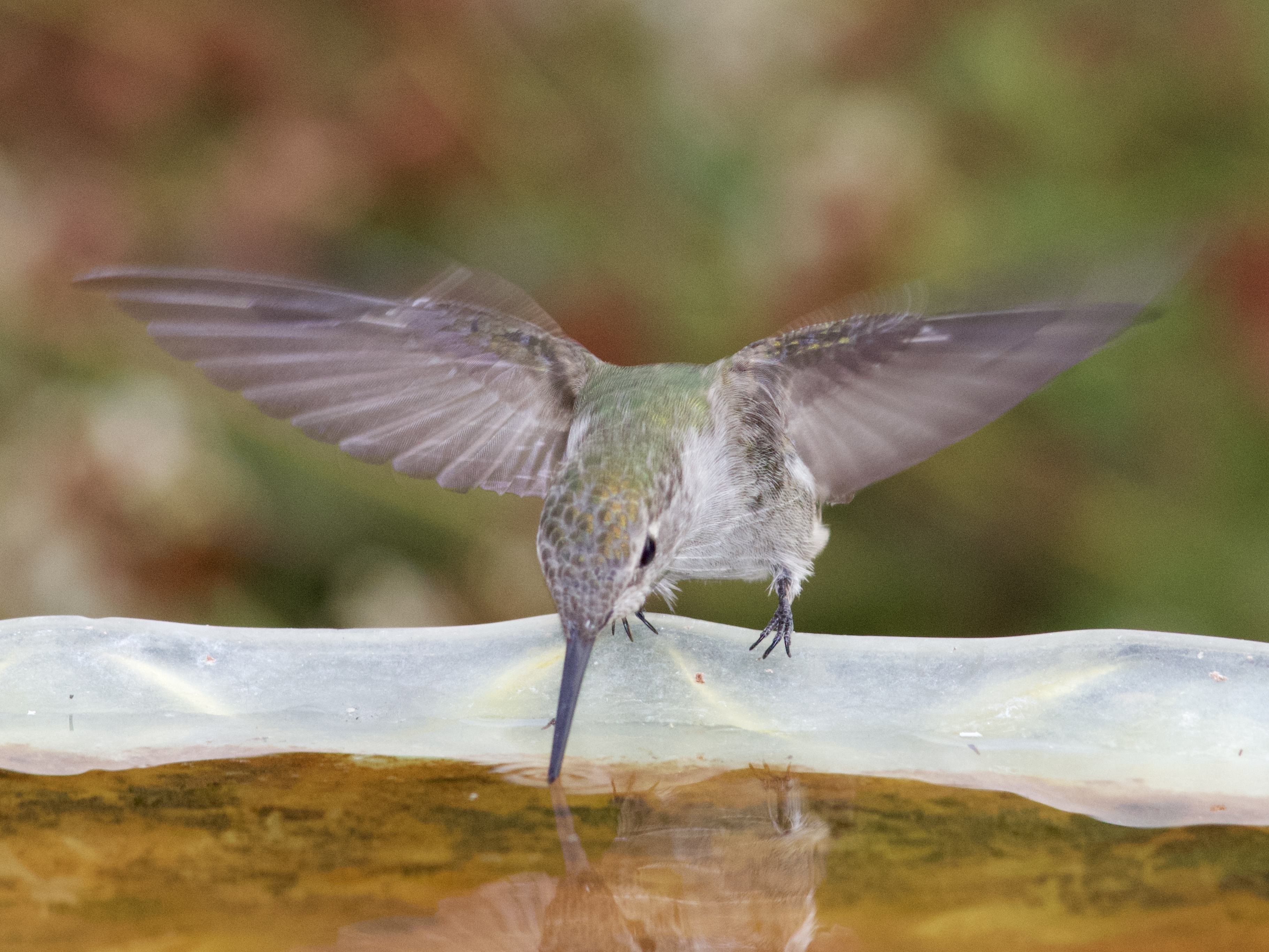
Last but not least, finish off your hummingbird garden with a refreshing water feature. Tony tells us that hummingbirds enjoy shallow water features for bathing and drinking.
"Consider adding a small fountain or a shallow bird bath with a gentle trickle to your garden," he says. "The moving water will also catch the light, attracting hummingbirds to your space."
Adopting this feature also allows you to tap into the DIY water fountain garden trend and is a treat to both your space and the birds that venture nearby. So it's pretty much a win-win situation.
"Creating a hummingbird garden is about more than just attracting these delightful creatures," says Tony. "It’s about providing a supportive environment where they can thrive!"
And we couldn't agree more. Just as much as these creatures help us, we should be helping them too. And giving them a space that's more conducive to their lifestyles will offer immense benefits to your growing backyard and their everyday health. So why not give your garden a little spruce and bring in some hummingbirds while you're at it.
FAQs
What are the benefits of having hummingbirds in your garden?

Besides being so unbelievably beautiful, hummingbirds actually provide several other benefits to outdoor gardens. Not only are they brilliant pollinators, offering brilliant seeding services, but they also consume several small insects.
So they keep pests at bay, help seed your space and also contribute to the biodiversity of your backyard.
What are the best colors for hummingbird feeders?
While setting up your hummingbird garden, you might want to consider the color of the bird feeders that adorn your backyard. This is because they're specifically attracted to certain hues and pick up on such shades at a quicker rate.
Purple, green, red and yellow are said to be the best colors for hummingbird feeders. But if you'd like to prioritize your outdoor aesthetics, then you can always go for a reflective feeder in the tint of your choice.
Be The First To Know
The Livingetc newsletters are your inside source for what’s shaping interiors now - and what’s next. Discover trend forecasts, smart style ideas, and curated shopping inspiration that brings design to life. Subscribe today and stay ahead of the curve.

Amiya is a Home Wellness Writer at Livingetc. She recently graduated with a Masters Degree in Magazine Journalism from City, University of London, and has lent her words to beauty, fashion, and health sections of lifestyle publications including Harper’s Bazaar and Women’s Health. Her experience as a research analyst has equipped her with an eye for emerging trends. When she’s off the clock, she can be found reading, listening to music, or overanalyzing her latest Co-Star update.
-
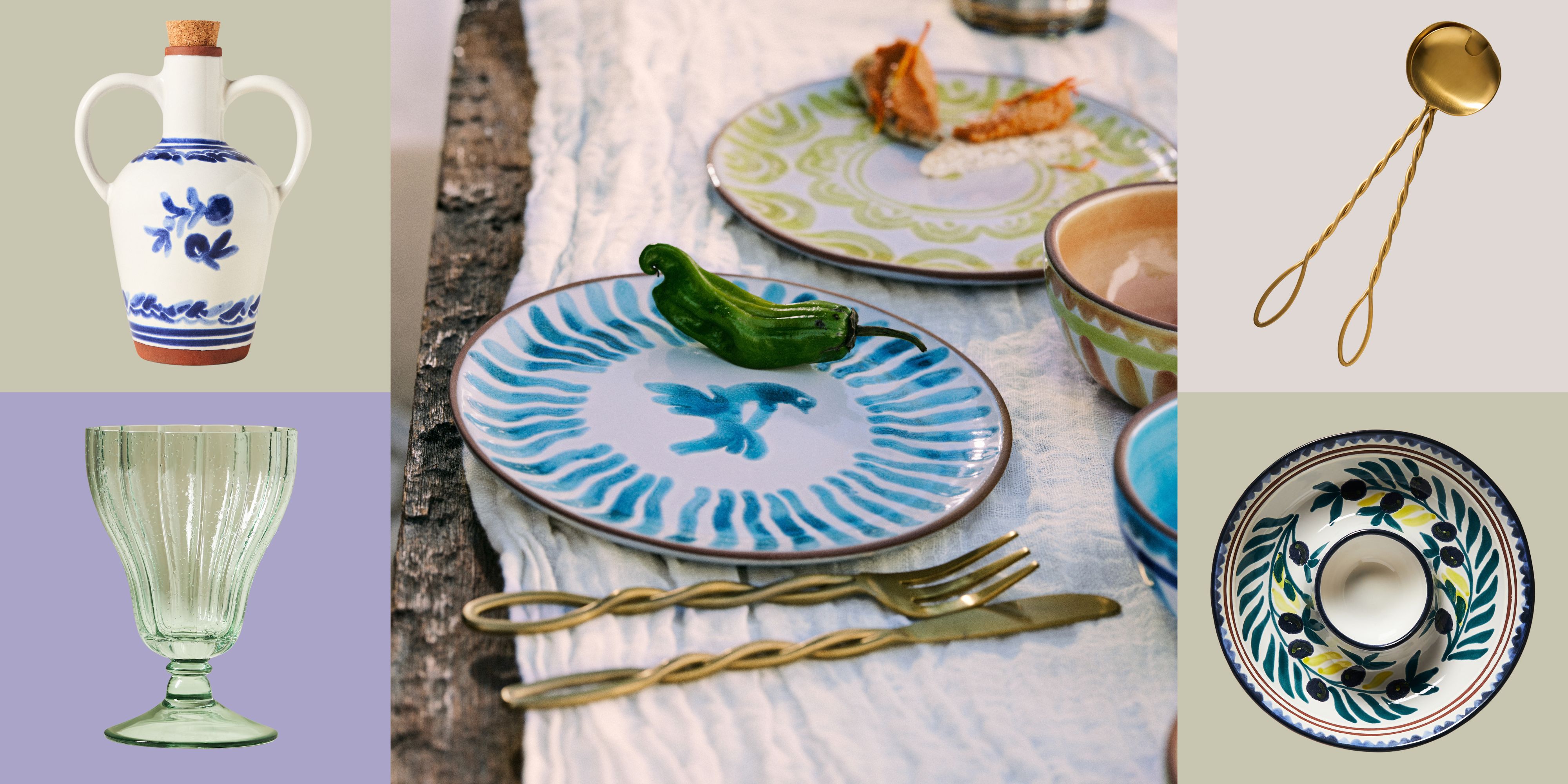 Tableware for Talkative People — The Mediterranean Dish’s Anthropologie Collab Was Made for Socializing
Tableware for Talkative People — The Mediterranean Dish’s Anthropologie Collab Was Made for SocializingMediterranean in both style and spirit, the joyful, pattern-forward collection brings the color, craft, and conviviality of Suzy Karadsheh’s cult-favorite brand to the spring table
By Julia Demer Published
-
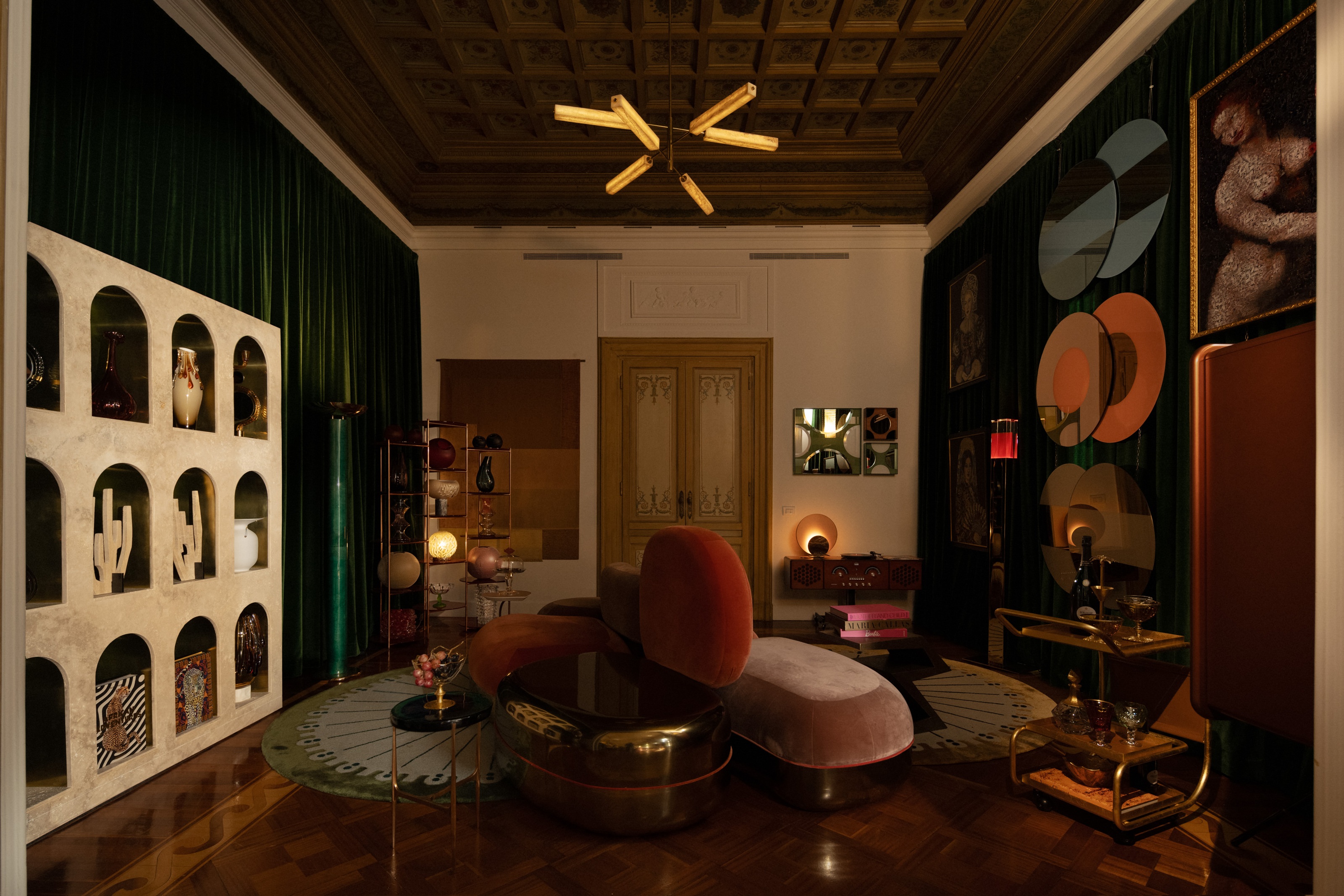 7 Ideas to Steal From Milan Design Week's 'Apartments' — Rooms Decorated by the World's Best, and Most Creative, Designers
7 Ideas to Steal From Milan Design Week's 'Apartments' — Rooms Decorated by the World's Best, and Most Creative, DesignersAt Milan Design Week, some of the most exciting showcases of design are delivered in beautifully decorated apartments, conceived to push the boundaries of design today
By Hugh Metcalf Published
